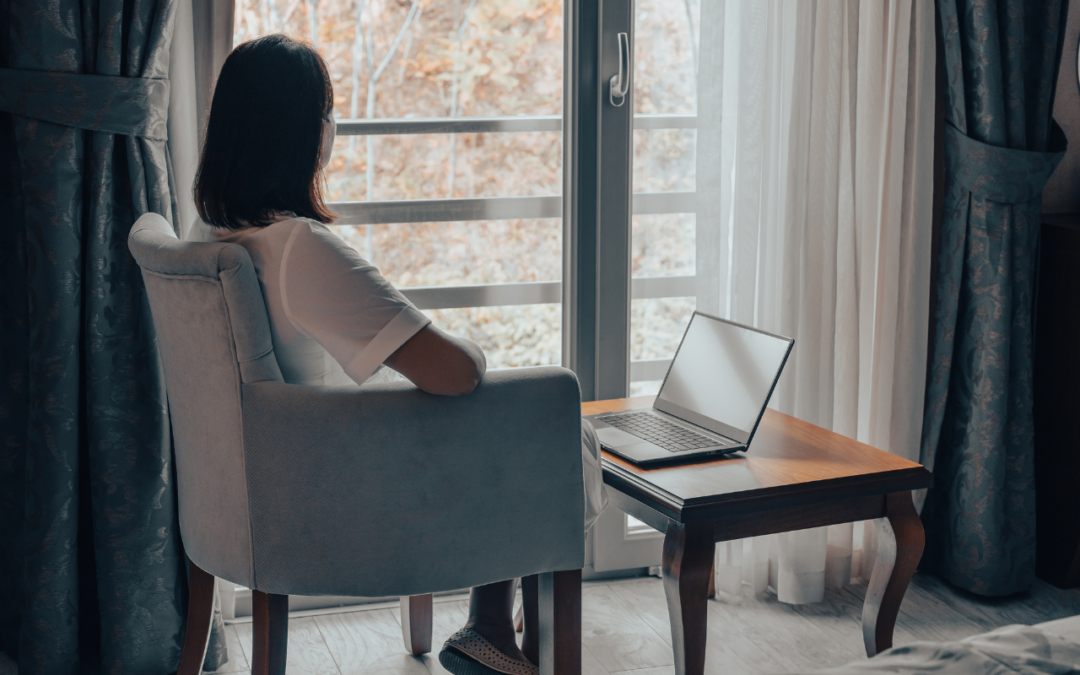It’s autumn again, which means winter is just the blink of an eye away.
Some people simply adore the colder months, perhaps enjoying the open fires, mulled wine, crisp mornings, snuggly clothes, and the excitement of Christmas.
Others can struggle with the winter vibes – dark evenings, cold, rain, spending too much time indoors, loneliness, and the dread of Christmas.
Winter does seem to be a season that polarises.
For one group of people, winter is always tricky – those who struggle with Seasonal Affective Disorder (SAD).
Around one in 20 people experience SAD, and four out of five are women.
SAD (also described as the winter blues) is a type of depression that comes and goes with the seasons, typically starting in late autumn and hanging around until spring. It’s thought that the shorter days and reduced exposure to sunlight kickstart it, although the exact cause is not known.
Symptoms vary but can include feelings of depression, no interest in social activities, low energy, difficulty sleeping, changes in appetite or weight, feeling sluggish or agitated, difficulty concentrating, tearfulness, feeling hopeless, and, in extreme cases, suicidal thoughts.
If you think you’re heading for a few months of SAD, here are six things to try that could help:
- One of the main treatments for SAD is bright light therapy, which involves sitting near a light therapy box for a period of time. The bright light mimics natural sunlight, and exposure to it can help increase serotonin levels in the brain. It’s essential to use a light box specifically designed to treat SAD. Sleep/wake-up lights are also recommended since many sufferers struggle to get up in the morning.
- People with SAD often benefit from antidepressants, particularly if symptoms are severe. Discussing with your doctor will highlight if this is a suitable route for you.
- Cognitive-behavioural therapy (CBT) can be beneficial. It will help you identify and change negative thoughts and behaviours that may make you feel worse and help you find ways to cope with the symptoms. Additionally, therapy can provide support, guidance, and strategies to deal with stress and manage SAD.
- Regular physical activity outdoors can help reduce symptoms of depression and boost feelings of well-being. It can increase your energy levels too.
- SAD sufferers crave carbohydrates, and it is vital to balance your carb intake with fresh fruit and veg to avoid feeling even more sluggish. Your GP may also advise taking vitamins B12 and D.
- Engage in social activities, even if they’re virtual. Being around others, even in an online setting, can reduce feelings of isolation. Taking up a new hobby can help keep your mind active during winter.
We can all feel lethargic and lose our mojo during the dark days of winter, but if this persists or symptoms worsen, contact your doctor for advice.

